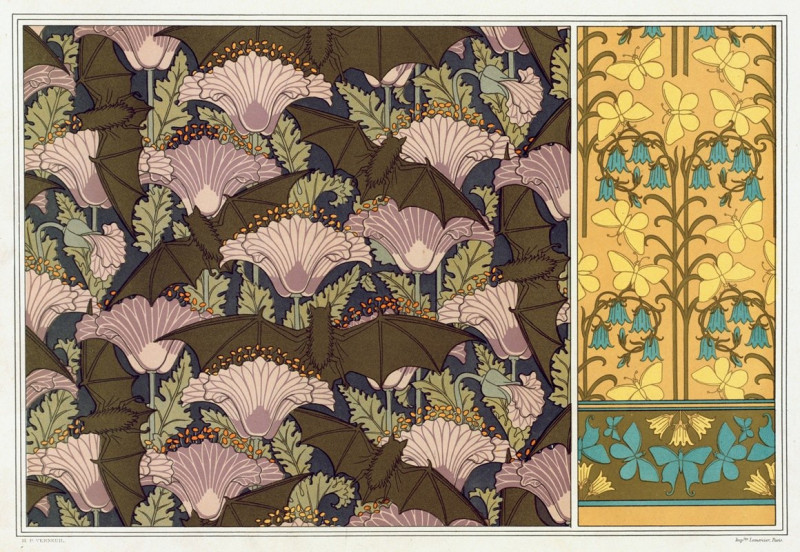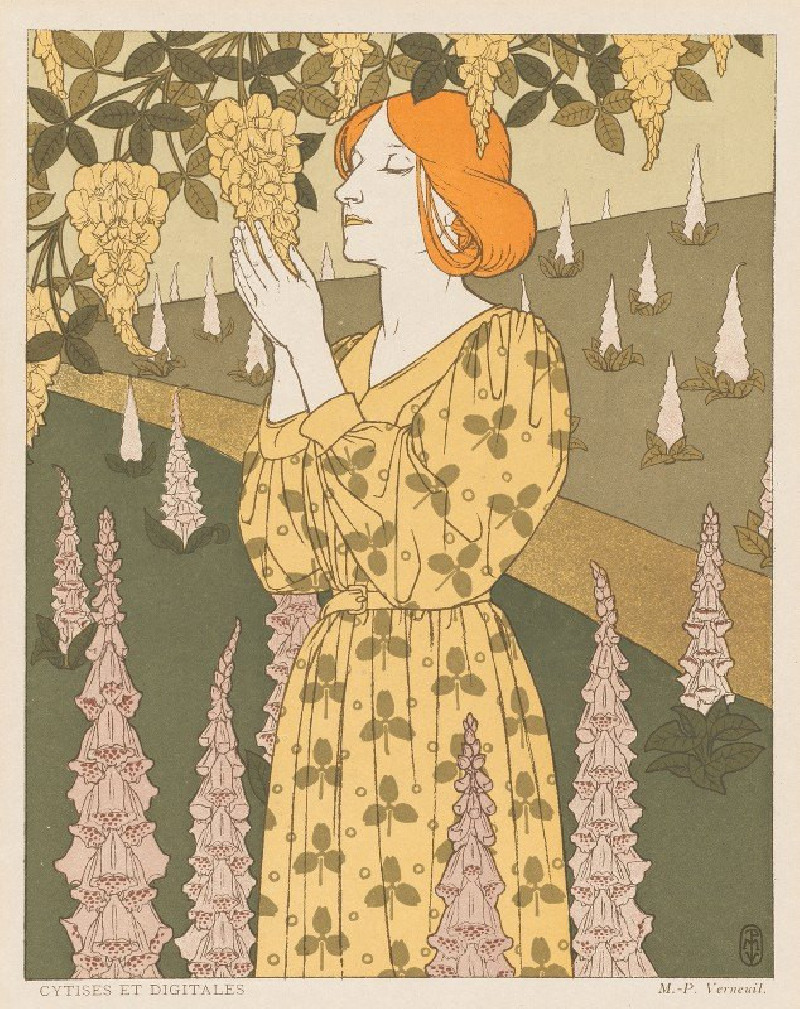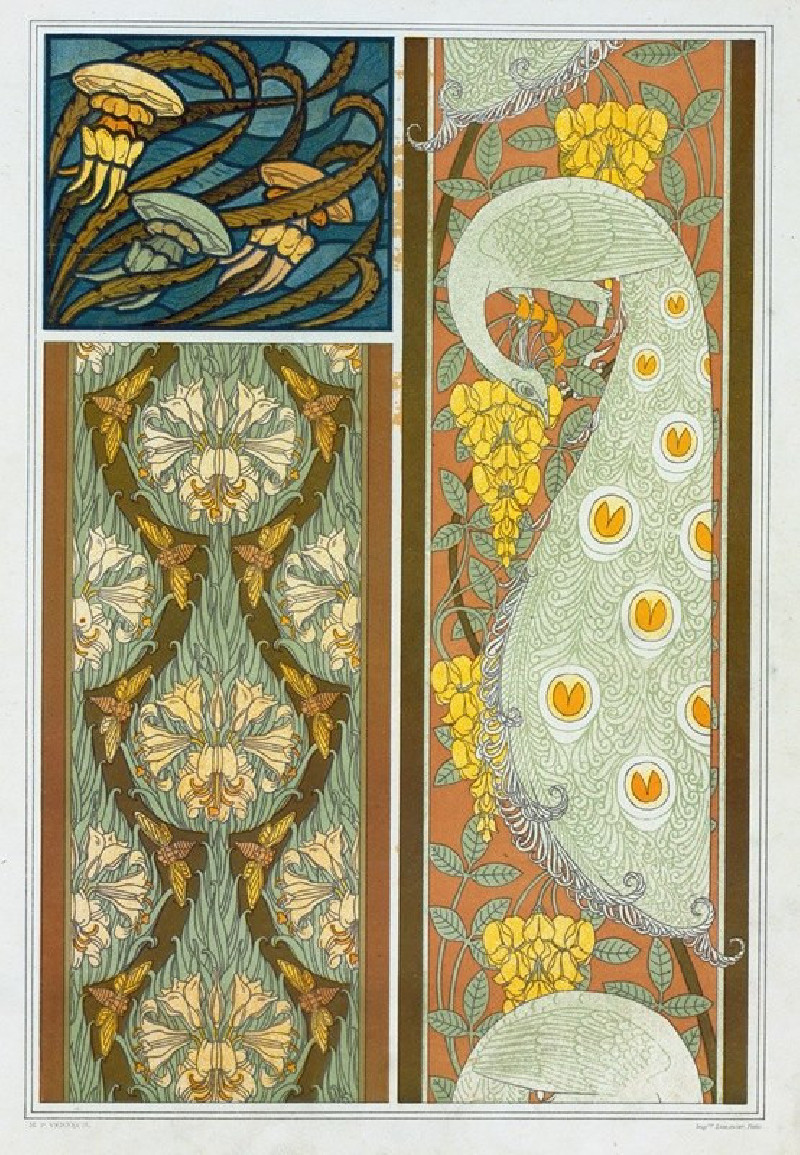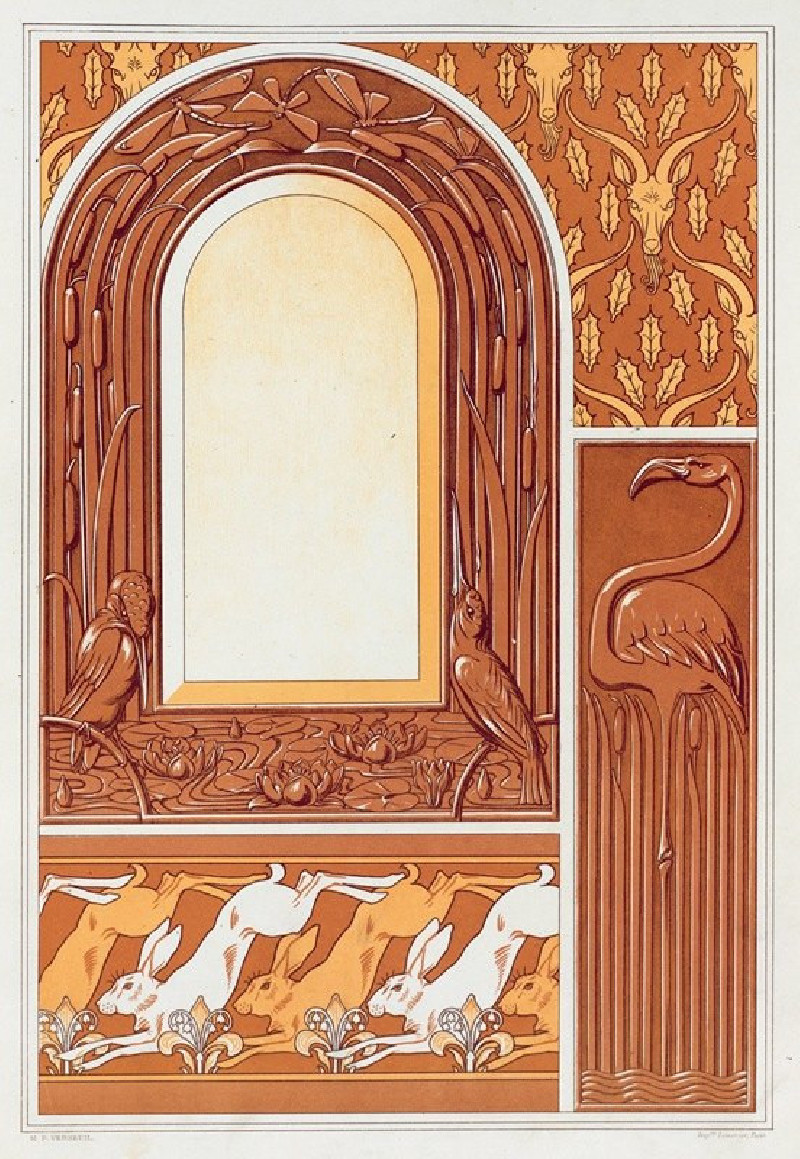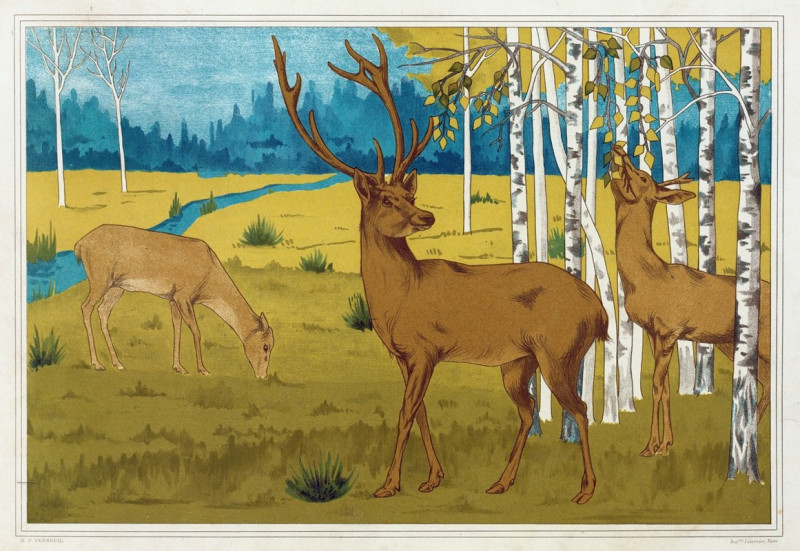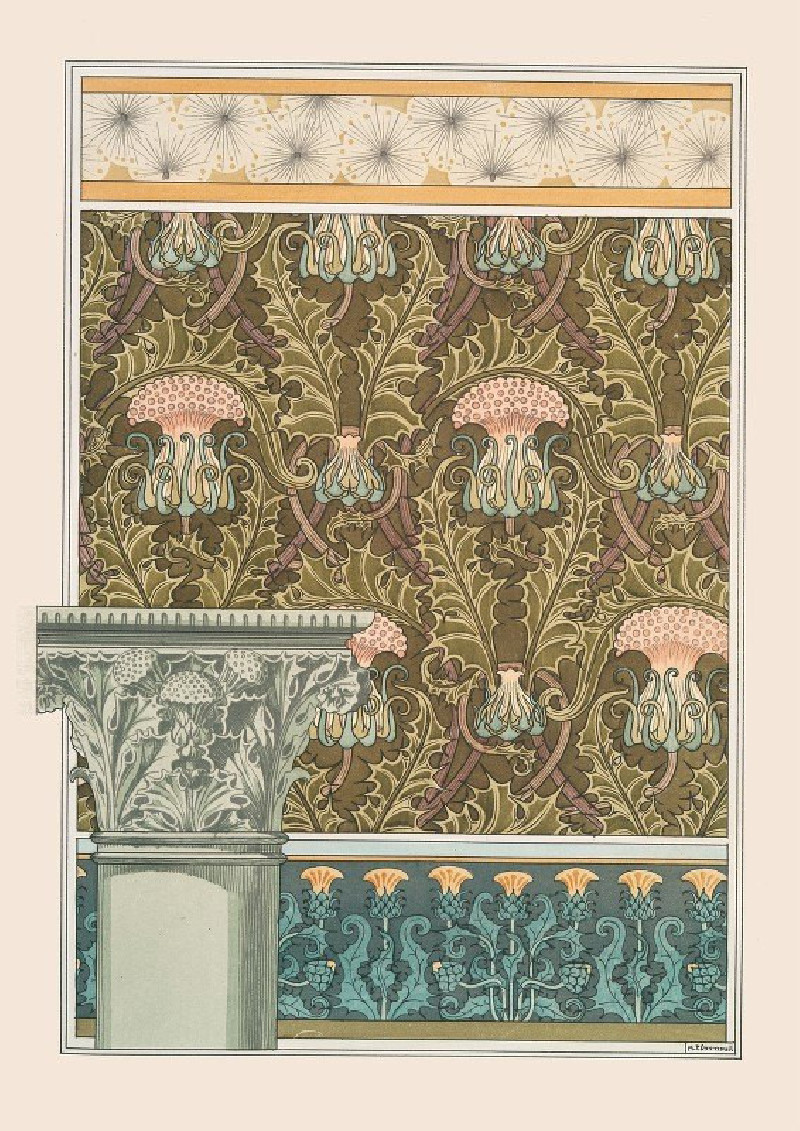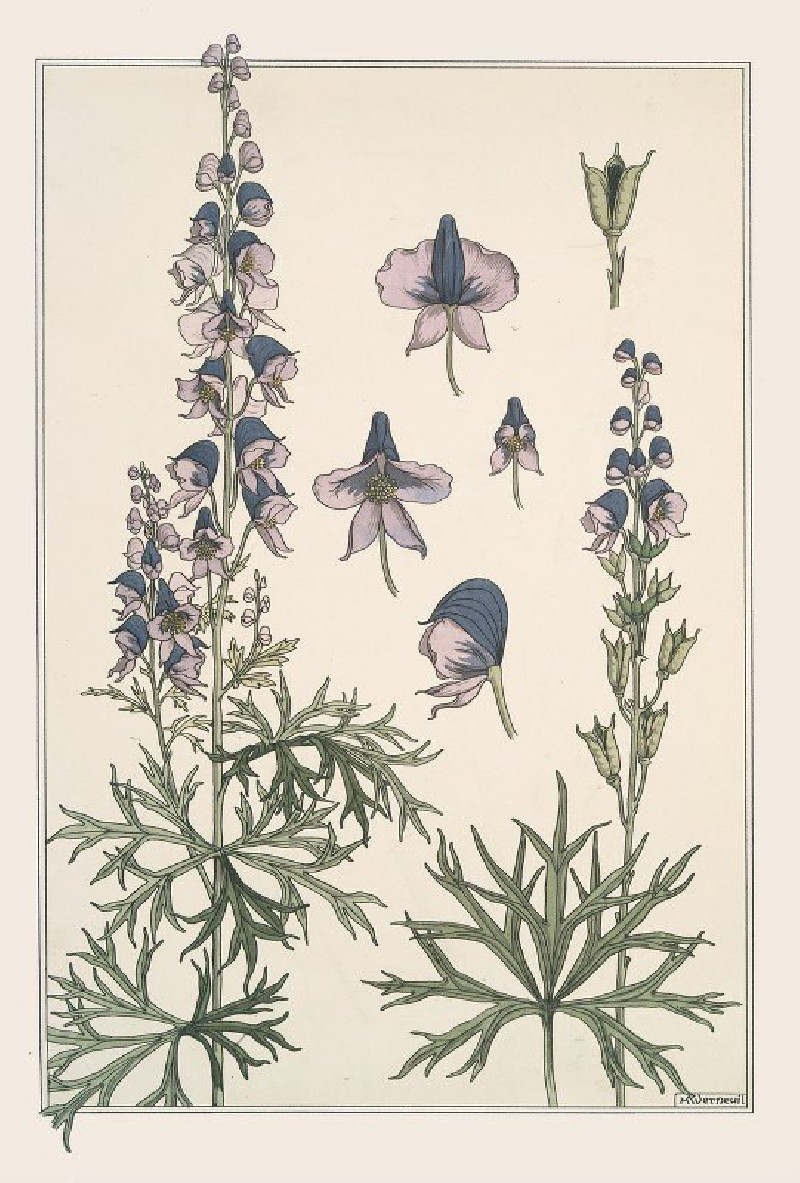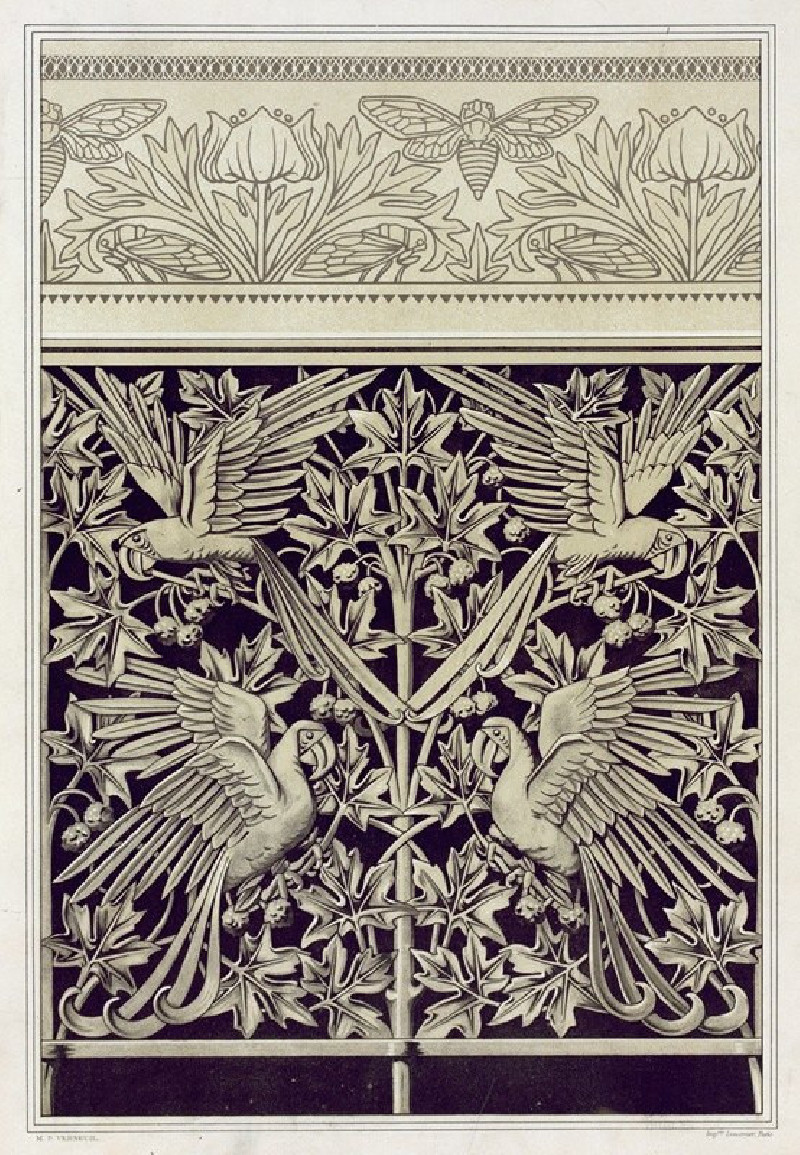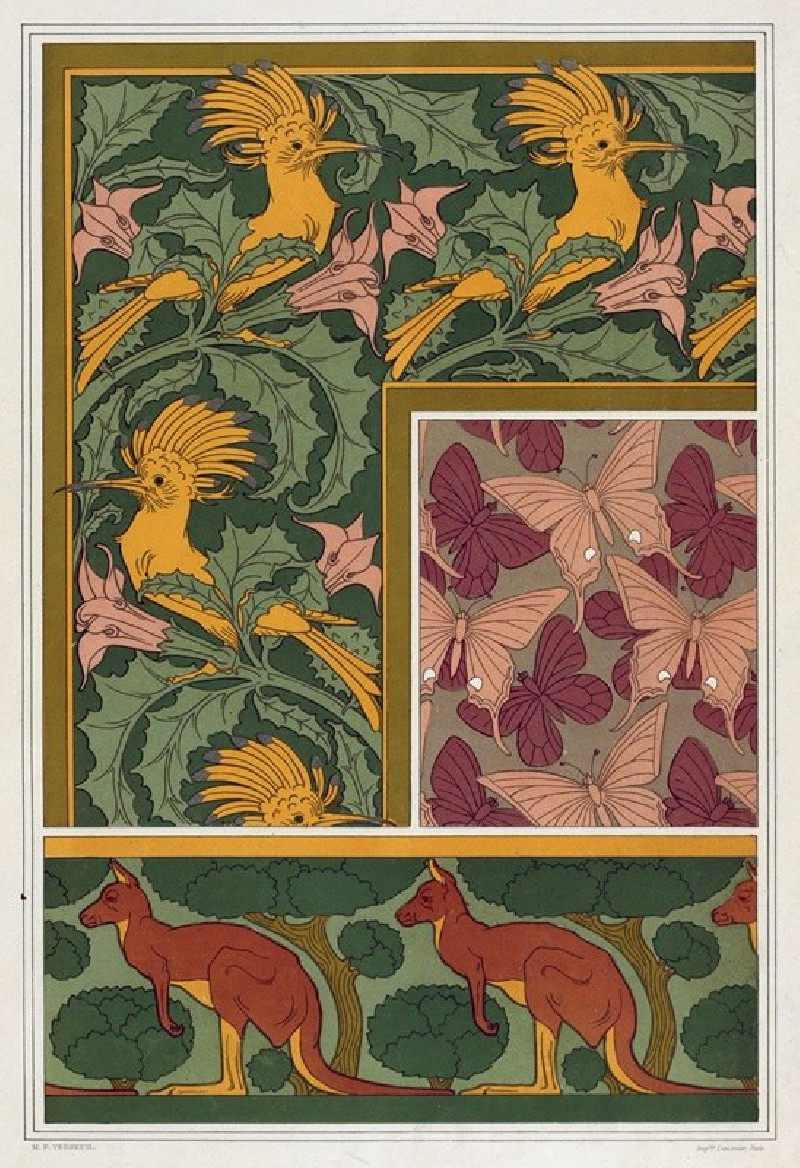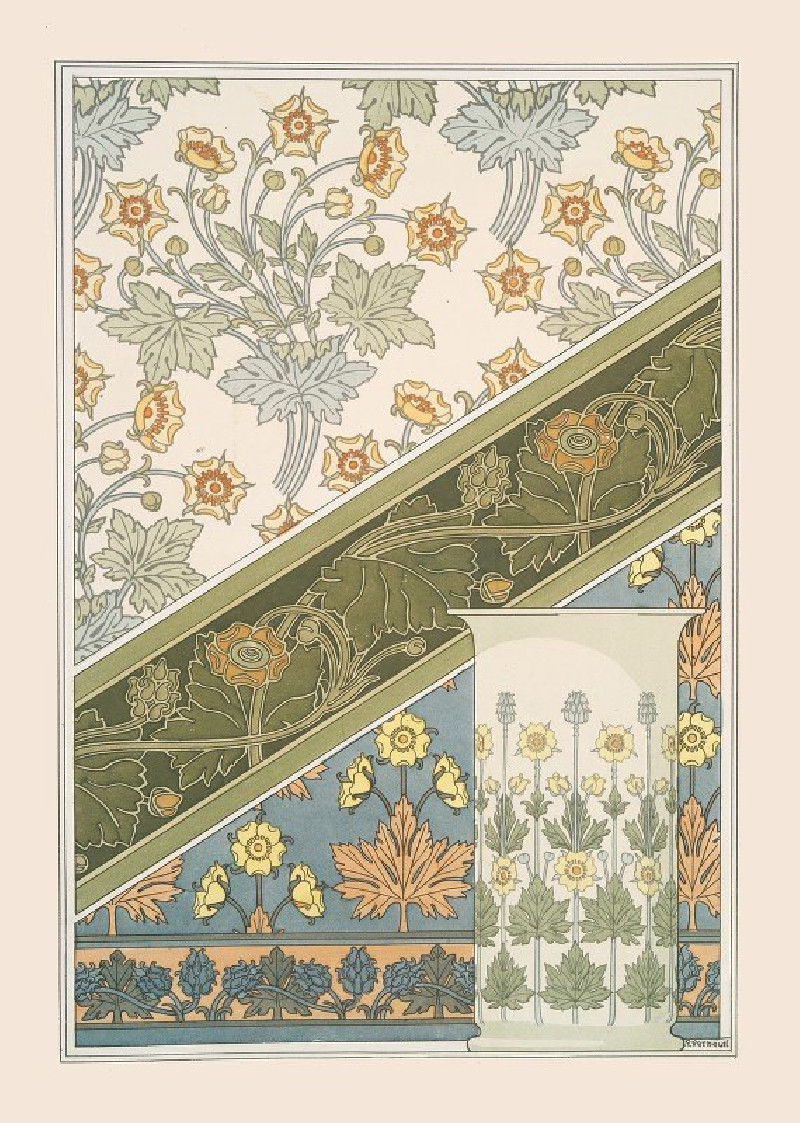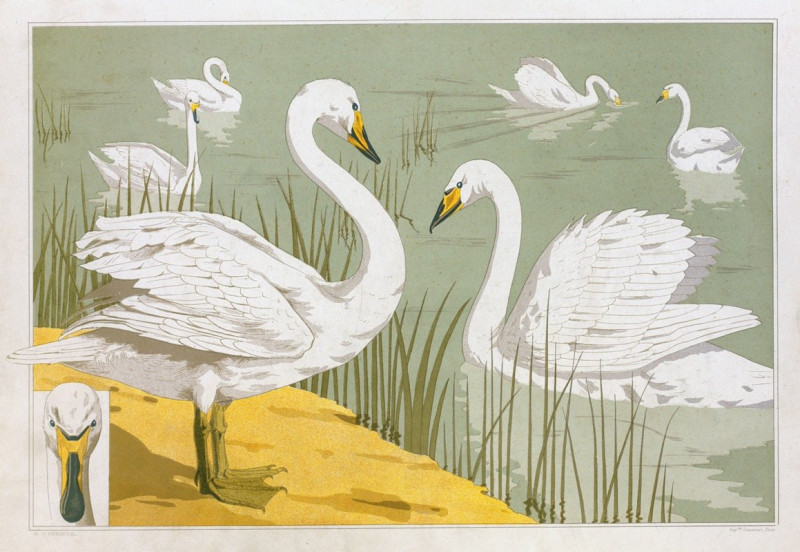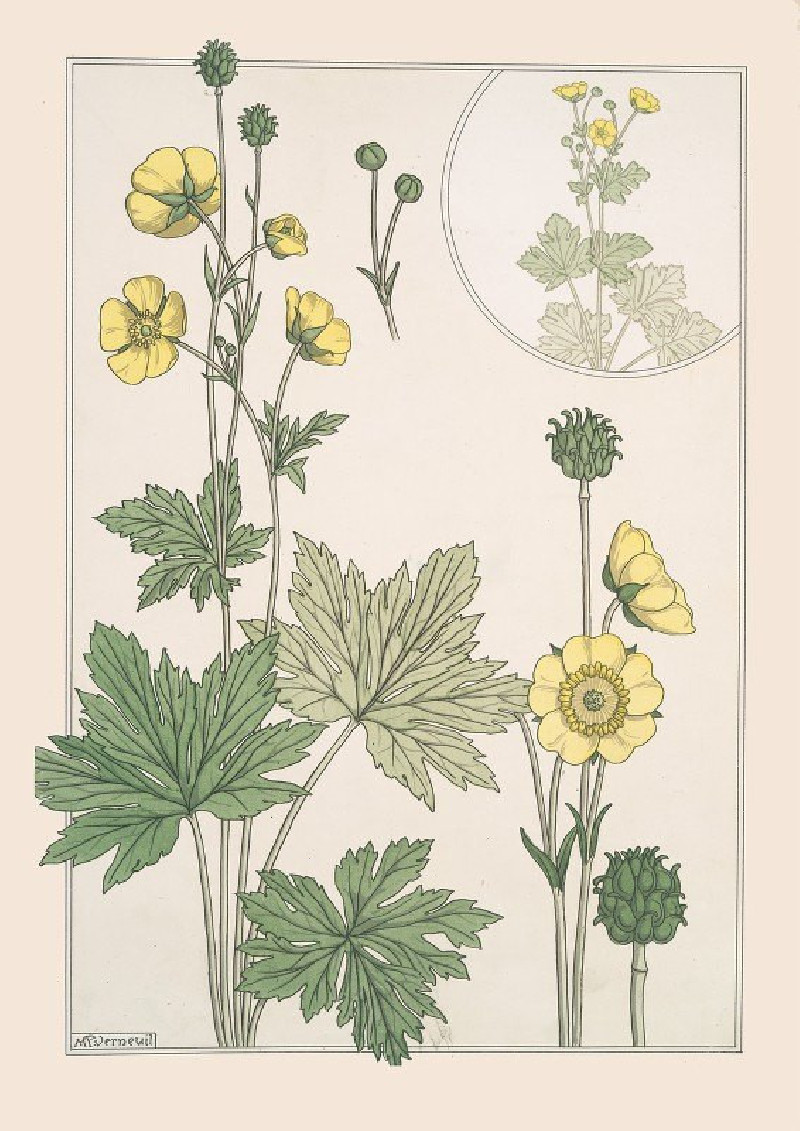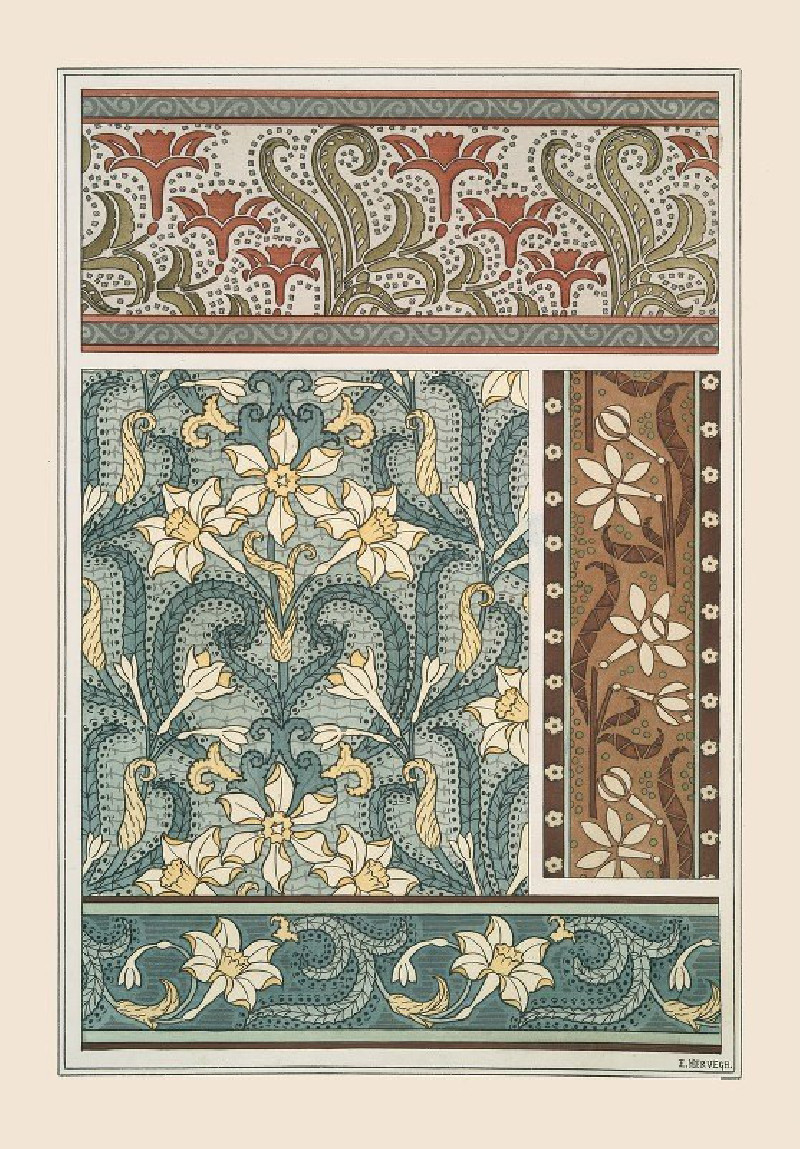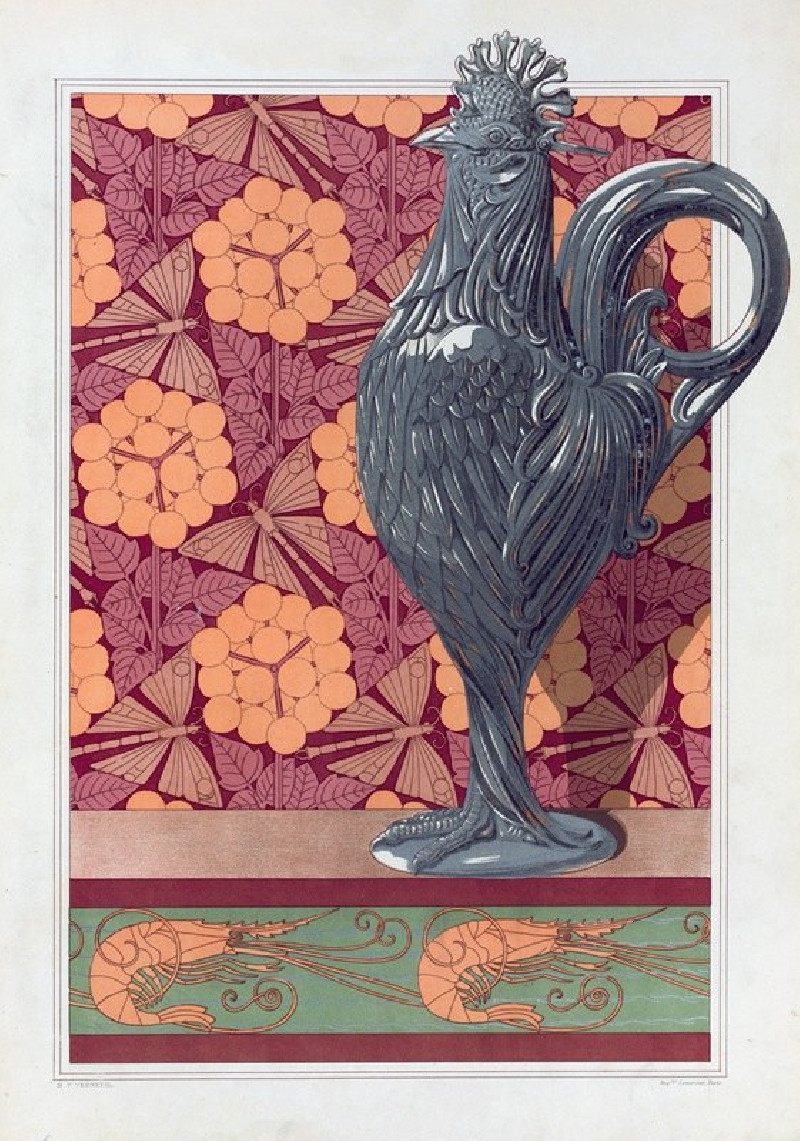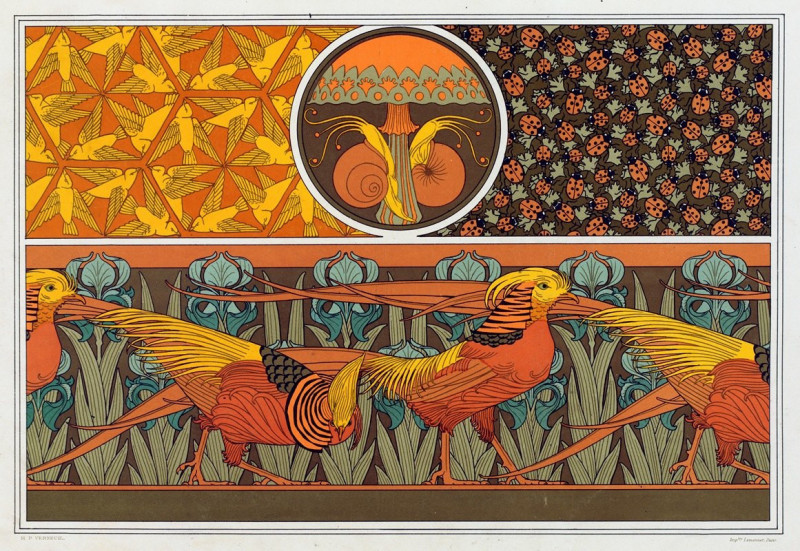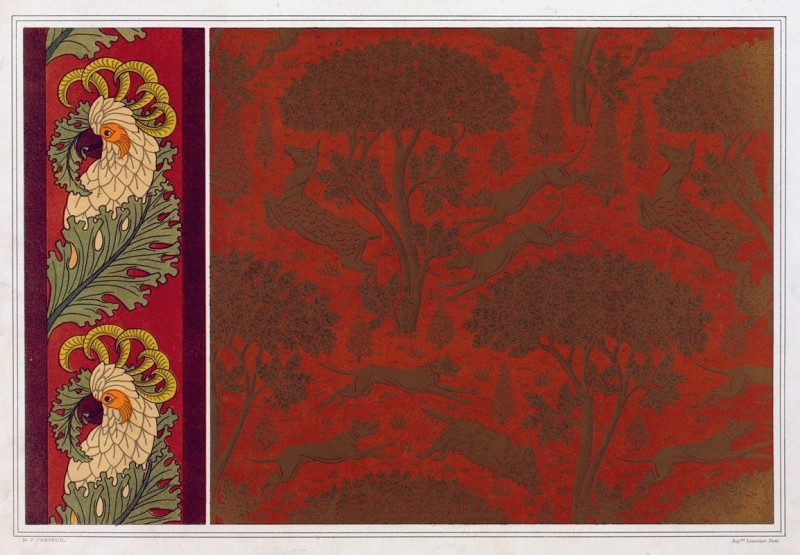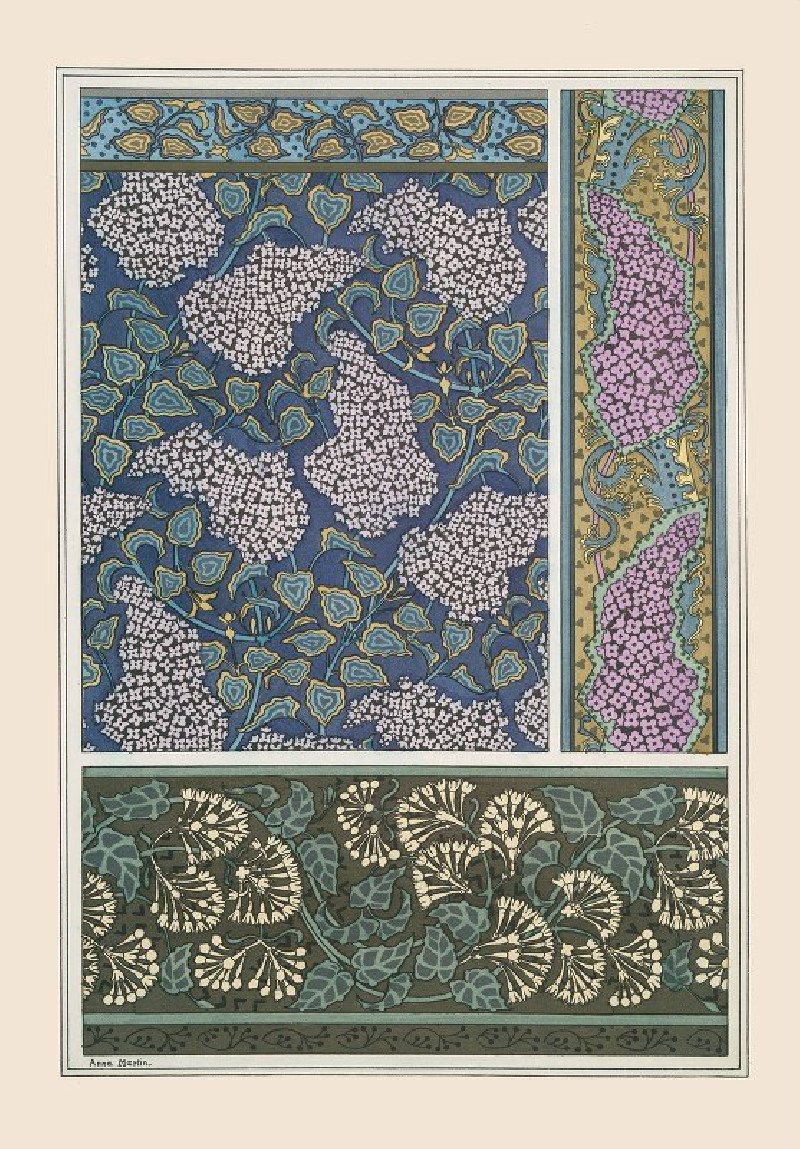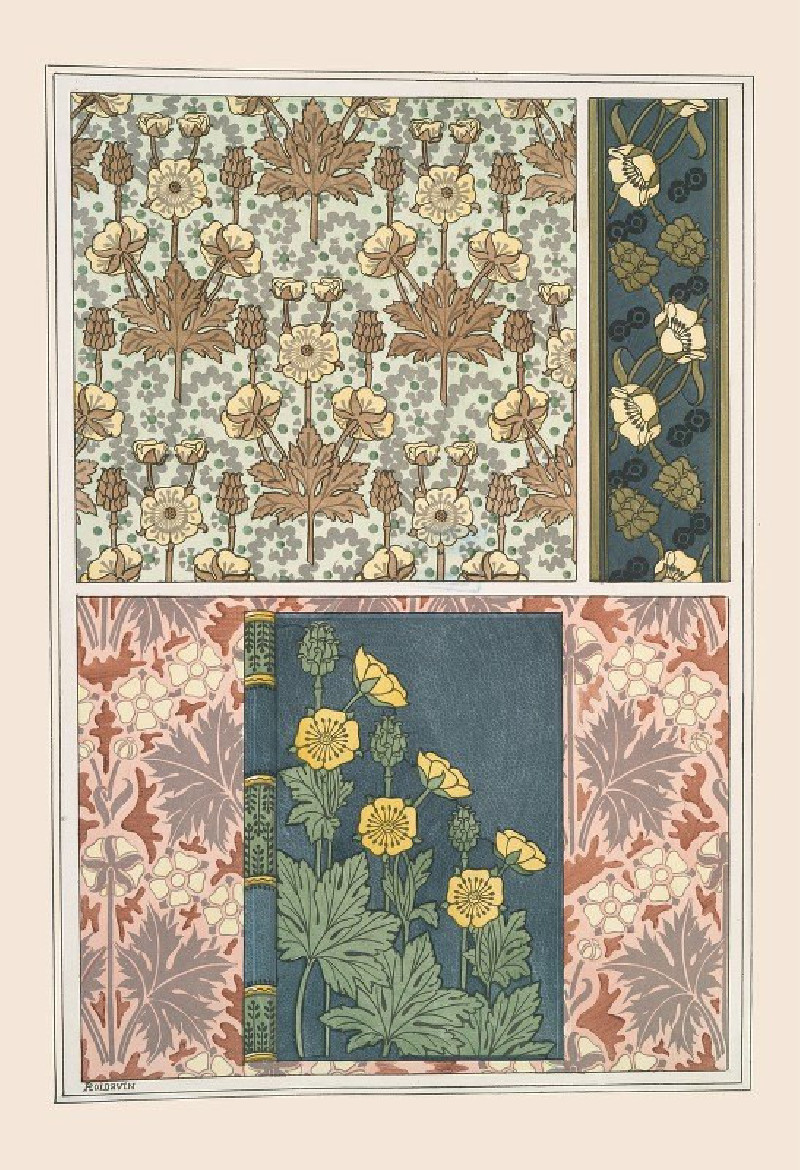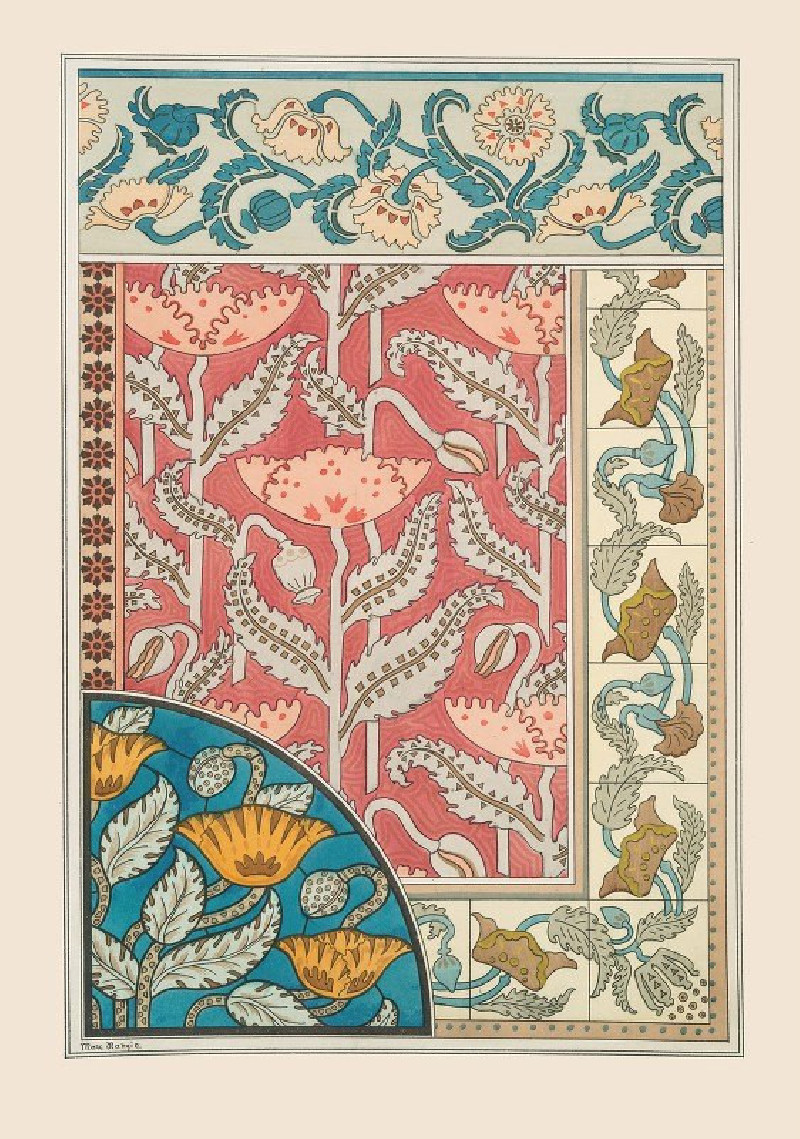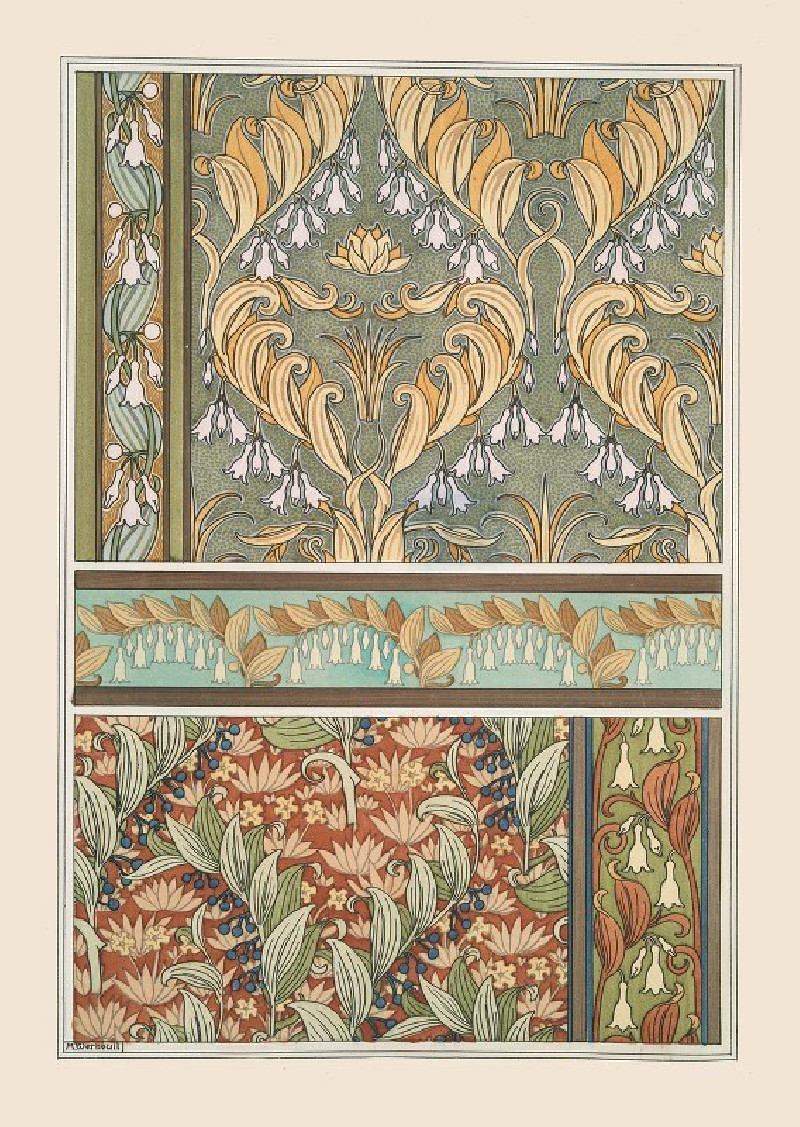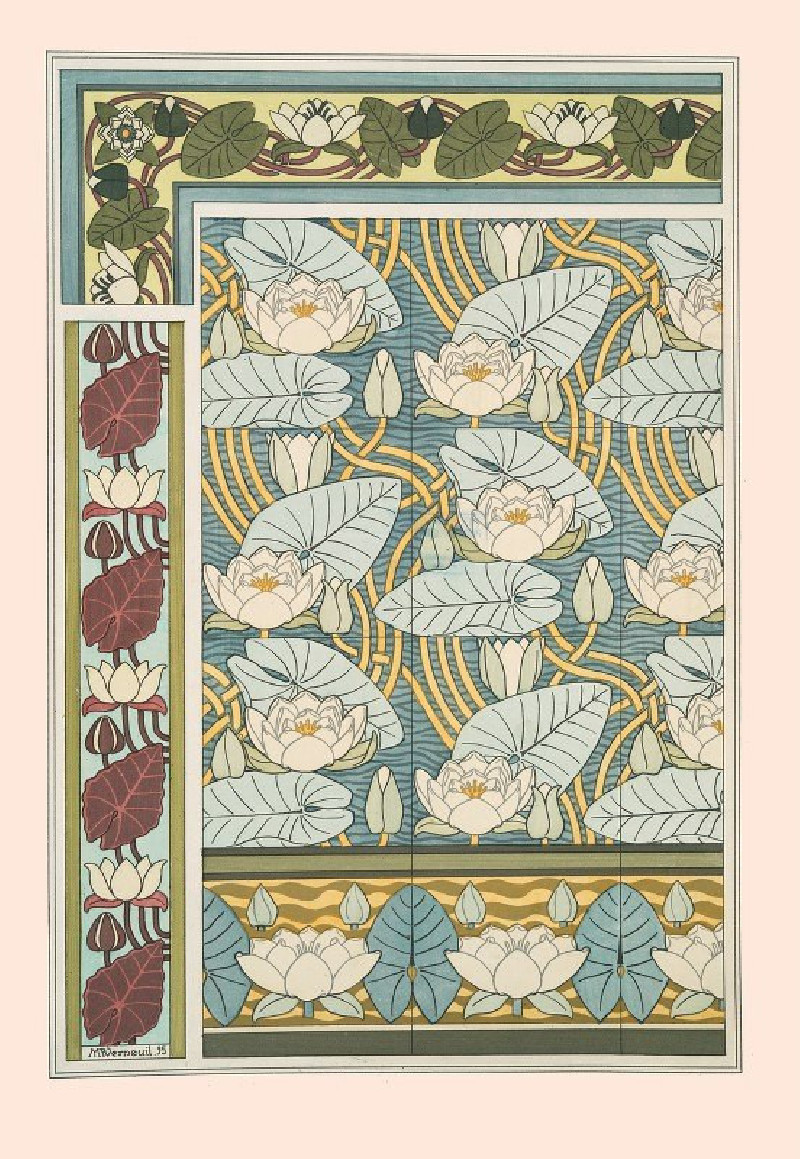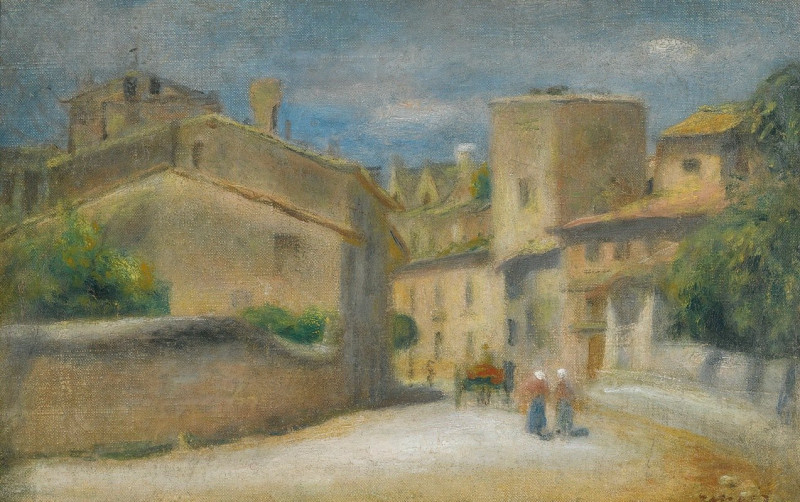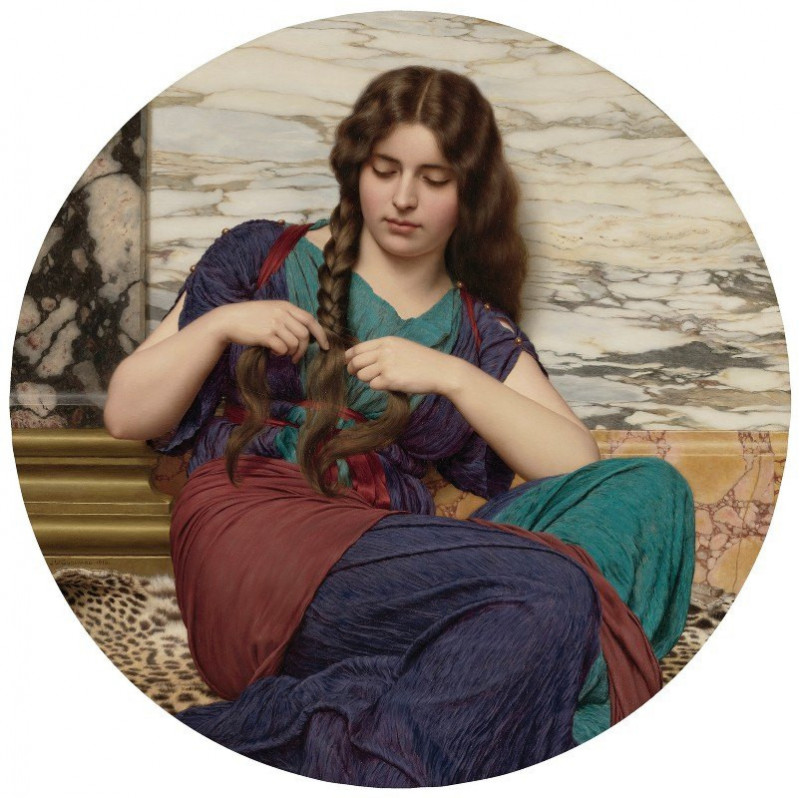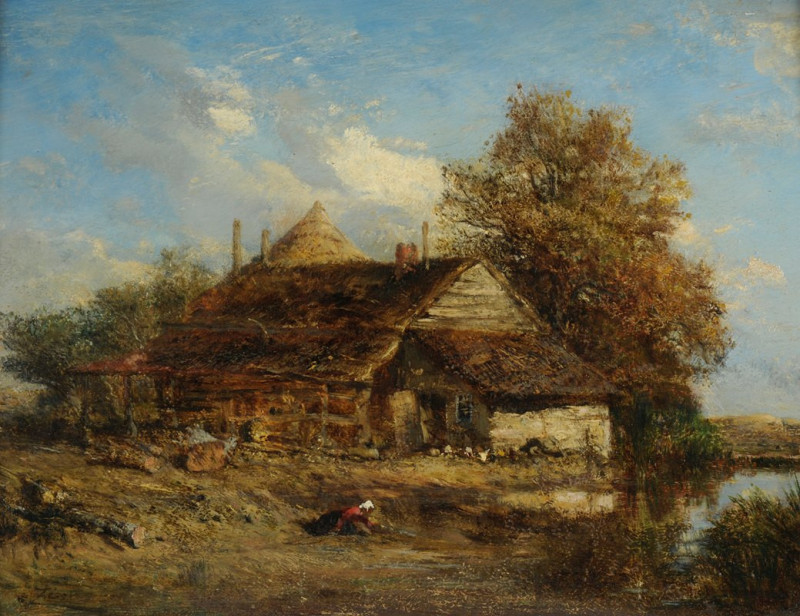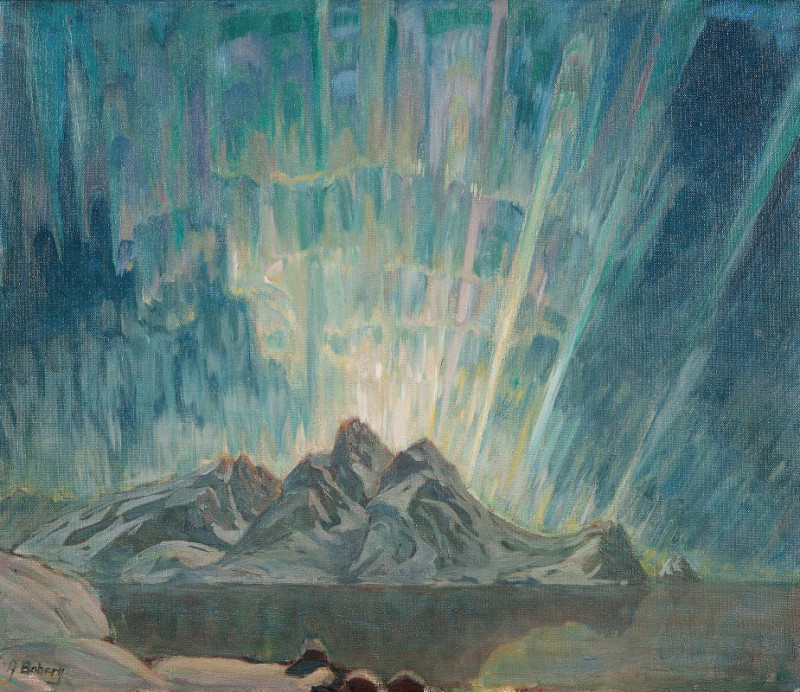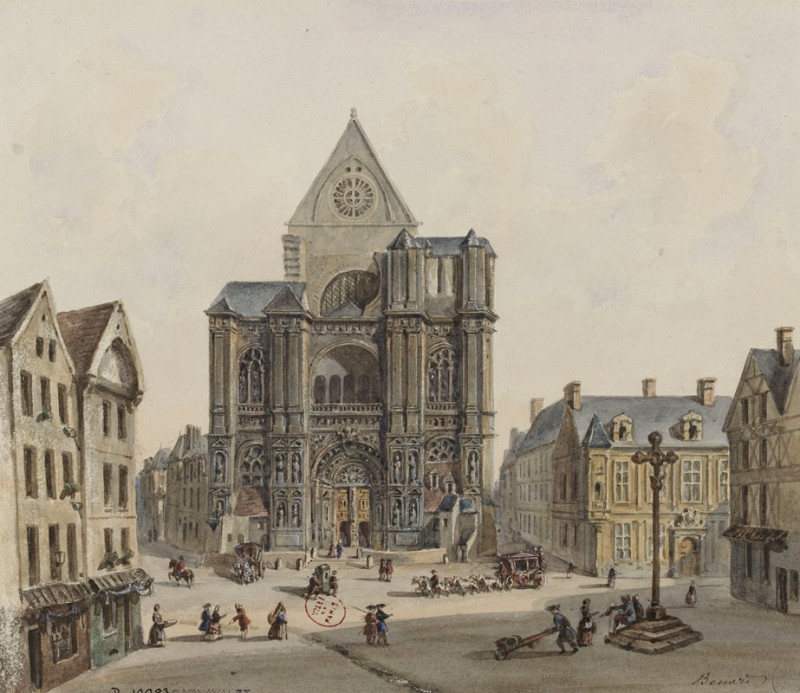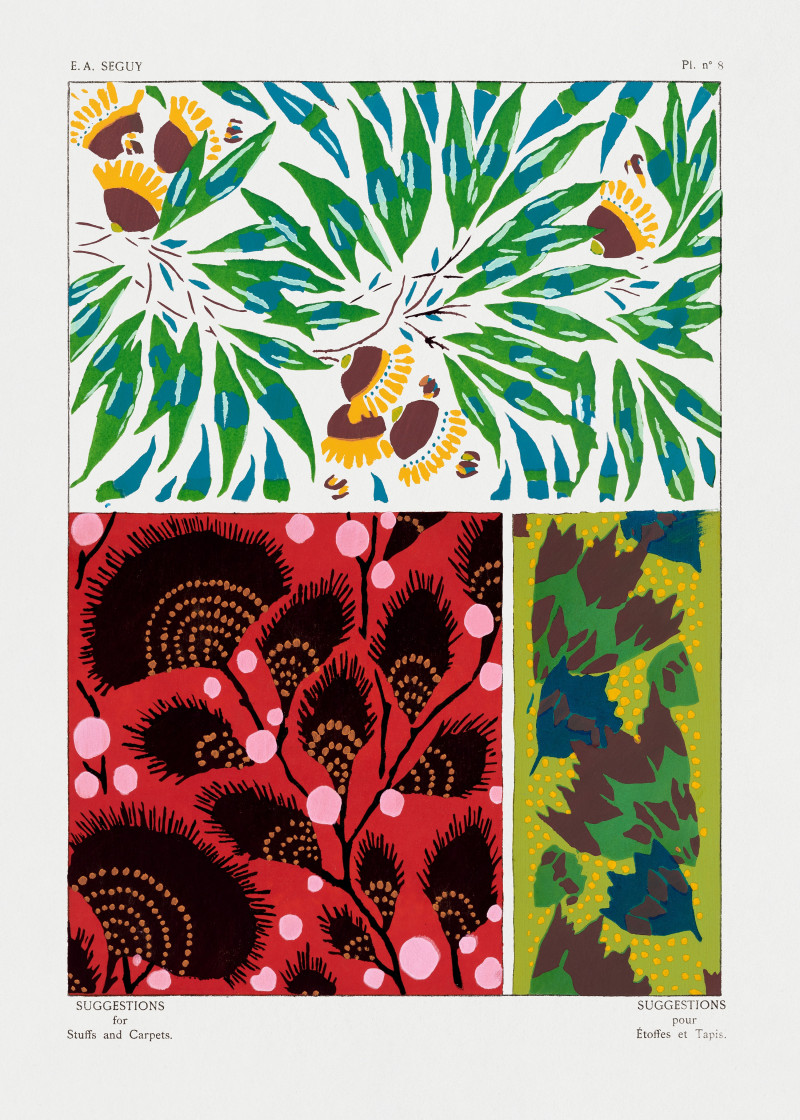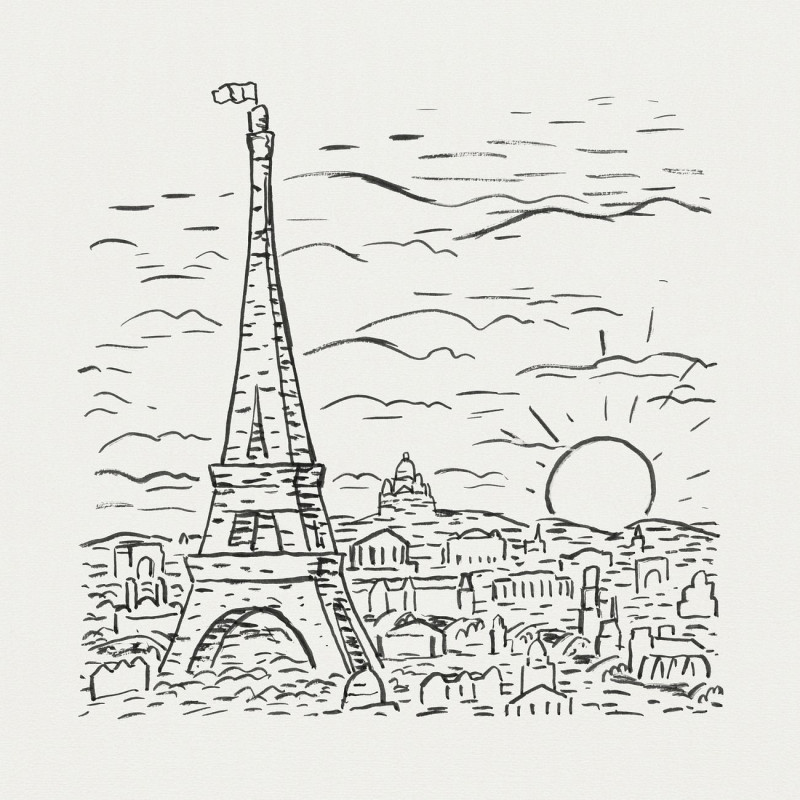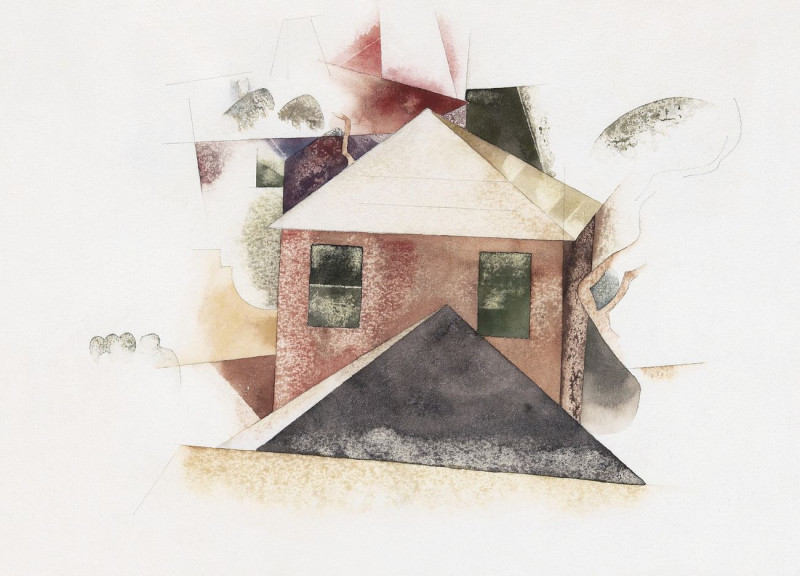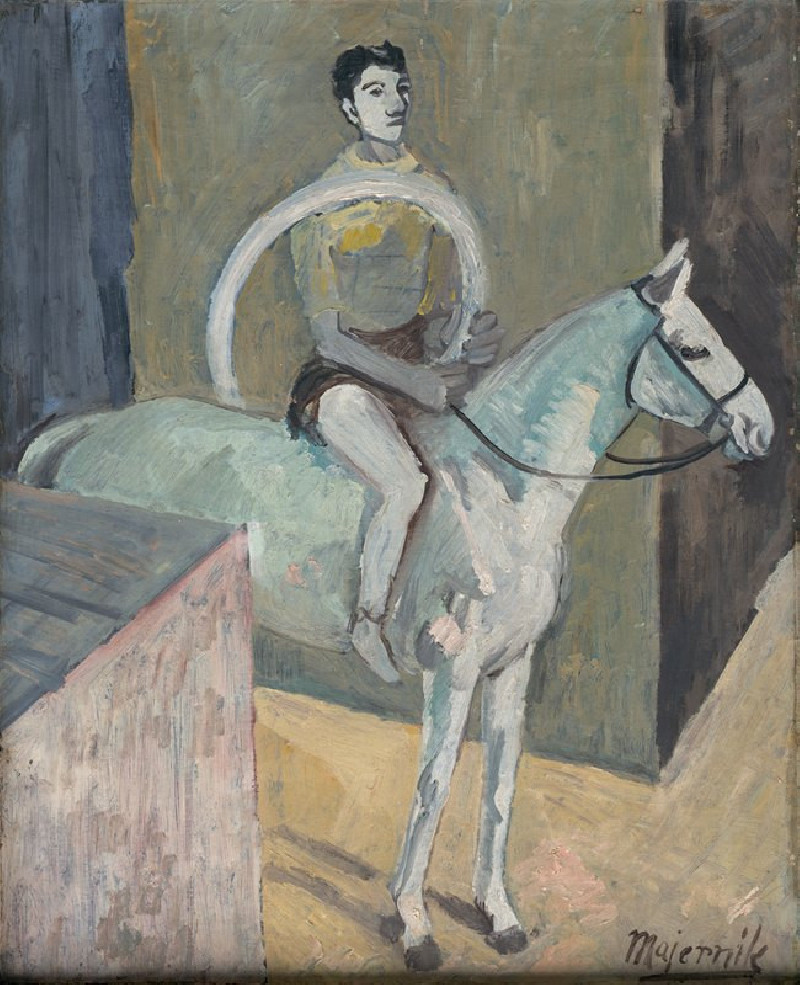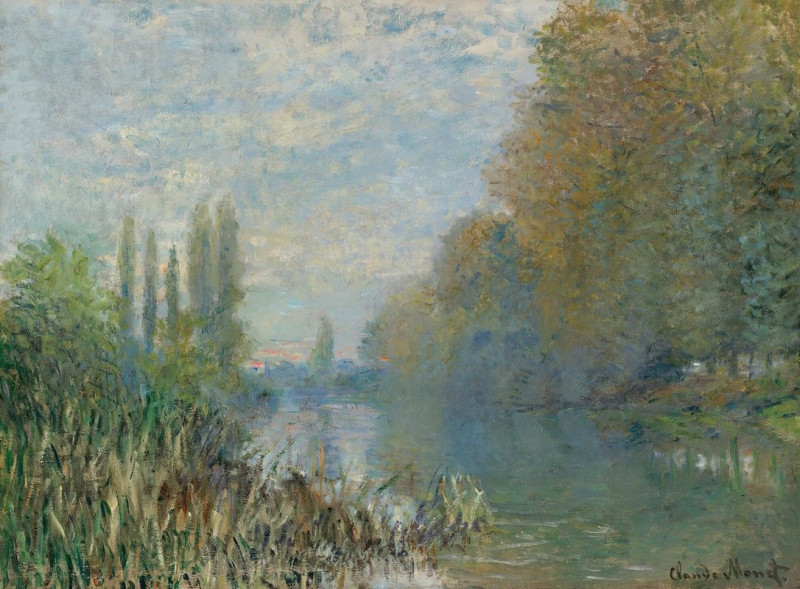Chauves-souris et pavots, tenture. Papillons et campanules, papier peint. (1897)
Technique: Giclée quality print
Recommended by our customers
More about this artwork
Welcome to our exploration of Maurice Pillard Verneuil's captivating work, "Chauves-souris et pavots, tenture. Papillons et campanules, papier peint" from 1897. This enchanting piece showcases Verneuil's remarkable prowess in the Art Nouveau style, which emphasizes natural forms and structures.In this alluring artwork, the viewer's eyes are treated to two distinct sections, each brimming with intricate details and a harmonious palette of colors. On the left, the composition is dominated by large, beautifully rendered poppies integrated seamlessly among the leaves and stems that serve both as a backdrop and a framework. The rich, earthy tones create a somewhat nocturnal ambiance, perhaps alluding to the 'bats' reference in the title. Tiny, vivid berries add a pop of contrasting color, enhancing the visual complexity of this naturalistic tableau.Transitioning to the right, the mood lightens with a more vibrant, golden background highlighting fluttering butterflies with almost ethereal wings, hovering around bell-shaped flowers, likely campanulas. The use of lighter, calming blue and yellow tones as opposed to the more subdued greens and browns on the left provides a delightful visual dichotomy, suggesting the metamorphosis from night to day, a nod to the transformative powers of nature which are central to Art Nouveau.Verneuil’s use of decorative patterns instills a sense of order and harmony, inviting viewers to delve into a world where nature's beauty is infinitely intertwined with artistic expression. His skill in blending the aesthetic elements with symbolic motifs makes this piece not only a visual treat but also a profound commentary on the intricate relationship between the natural world and the artful human touch.
Delivery
Returns
Maurice Pillard Verneuil was a French artist and decorator in the Art nouveau movement. He was born in Saint-Quentin, France. Maurice Pillard Verneuil learned his trade from the Swiss designer Eugène Grasset. Maurice Pillard Verneuil then went on to become a well-known artist and designer. He was inspired by Japanese art and nature, particularly the sea. He is known for his contribution to the art deco movement and, in particular, his use of bold, floral designs in ceramic tiles, wallpapers and other furnishing textiles.

